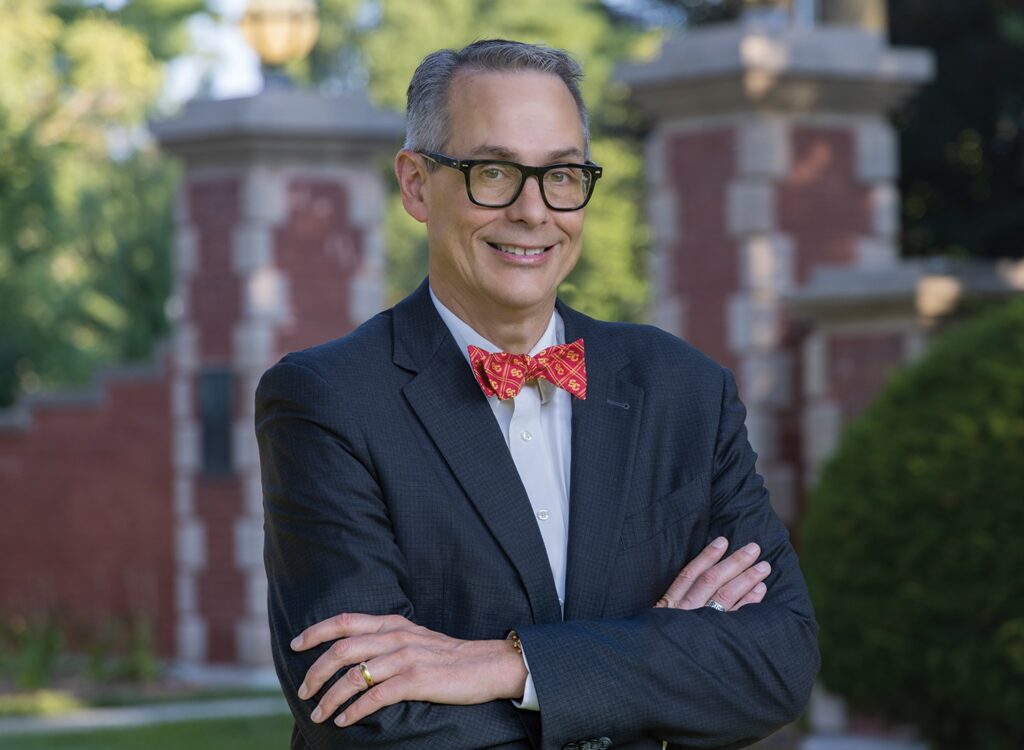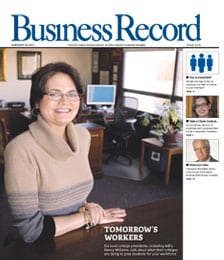Nursing shortage is real, but importing help from poor nations isn’t the answer

The nursing shortage in the United States keeps returning to the news. One cable network reported this fall that the nation has 2.2 million working nurses but will need 3 million in the near future.
Nurses are needed for a myriad of health-care positions, especially because our population continues to live longer and with many chronic health problems that need constant monitoring and attention. Many nurses are also employed in the Army Reserve and the National Guard. They are being deployed to Iraq and disaster sites – after the Gulf Coast hurricanes, for example — on a moment’s notice. Local hospital beds are being closed because of the shortage, and the risk to patients rises when staffing plummets.
The root of the problem is the lack of qualified nursing faculty. Thus, enrollments in nursing programs are limited and long waiting lists exist at most colleges.
One of the proposed solutions to our shortage is to import nurses from countries such as India and the Philippines. Nurses are currently being coached on how to pass the U.S. licensing exam while still in their home countries, and then migrate to the United States to work.
In a sense, other countries are outsourcing their workers to the United States, a reversal of how we send our technology jobs to India and China. This is reprehensible for two reasons. First, these countries have some of the largest, poorest populations in the world. Delhi alone has 15 million people. Every educated nurse needs to stay in his or her country to help meet its overwhelming health-care challenges. Second, in every nursing shortage in our history, once a nursing shortfall was slapped with a bandage, salaries for nurses promptly went down or stagnated. Even today, salaries are compressed over a lifetime of working.
Professions such as medicine, pharmacy and physical therapy limit enrollments in their educational programs, keeping demand and salaries up. In nursing, we have expanded quickly, sometimes doubling and tripling enrollments in just four years. Yet this expansion still leaves a void. The average age of faculty members is climbing every year, with waves set to retire over the next 10 years.
Solutions to the shortage are complex. A significant start would be for state and federal governments to provide financial support for students seeking master’s and doctoral degrees that qualify them to teach. Faculty salaries also need to be substantially boosted. Rewarding nurses financially for loyalty and longevity in employment at educational institutions is essential.
Unless the public and private sectors get behind real, workable solutions, there is a crisis looming. Importing nurses is not the answer.
Jean Logan is a registered nurse, a professor at Grand View College and a member of the Broadlawns Medical Center board of trustees.







